‘Support the construction of five community health huts in target villages.’
On joining the Blue Ventures team last year, I remember this sentence left me speechless at first. Listed amongst the other activities that fell under my charge as Community Health Technician in Ambanja, northwest Madagascar, I thought to myself, “Build five health huts! How will I lead and support five of these community projects all the way to the end?” I took a few deep breaths; this was a challenge worth taking, and where there’s a will there’s a way. But where to start?
A health hut, staffed by community health workers, has been shown to be a game changer for remote communities. It gives them access to basic health services and preventative care (such as hygiene training, vaccination, pregnancy monitoring and family planning). It ensures essential monitoring and referrals to the nearest health centre when needed, especially for mothers and young children. All of this contributes to improved community health and well-being, which in turn helps to remove a barrier to local engagement with natural resource management and community development.
But I knew that building a community health hut, known as a toby in Malagasy, would require strong commitment from the villagers. First, the construction would be at their expense. Second, if the toby was to meet local health needs and serve the community, it would also need their trust.
To get the ball rolling, I organised meetings with the local authorities, village leaders and the heads of relevant associations with the target villages in Tsimipaika Bay. The goal was to discuss how the toby could fulfil unmet health needs and improve the well-being of their communities. A full day was devoted to these discussions in each of the villages.
I was optimistic, as more than half of the participants already understood the real benefits of such a structure. Some pointed out that a toby allows members of remote communities to have access to basic health care, particularly for postnatal follow ups and treatment of children under five years. Others knew that a toby can contribute to reduced maternal and infant mortality thanks to Integrated Management of Childhood Illness at the local level.
The discussions ended positively, with all attendees agreeing that pregnant women and children are vulnerable and need immediate care, though it was clear they could not make a decision without first consulting the whole community and seeking their validation of the project. This last left me slightly frustrated; only too aware of the real and urgent needs, I had hoped to advance more rapidly. But I knew they were right.
Some weeks of silence followed. Weeks in which community leaders and local authorities moved forward with the community consultation process, while I looked forward to hearing from them, hoping for good news. When my phone finally rang, it was the chief of Ampondrabe village, who wanted to set a date for a community meeting.
On the day of the meeting, I awoke at dawn and got on the road to Ampondrabe to ensure I got there on time. I arrived to find everyone had already gathered at the home of the president of FIVEMAMI (Fikambanan’ny Vehivavy Mahamanina Miray, which means United Women’s Association). To my delight, members of women’s associations and local natural resource management associations (CLBs) from other nearby villages had also decided to attend.
My role during the meeting was to act as facilitator; it was the community leaders and president of fokontany (local authorities) who led the discussions and explained the benefits of the toby. “Health plays a very important role in our daily lives,” said Madame Habazaty, president of the FIVEMAMI association and a retired midwife. “If we want to achieve sustainable management of our marine and coastal environment, then we must first have a community in good health.”

At the end of the meeting, all the participants had formally agreed on the construction of a toby in Ampondrabe. The women’s association would contribute to the construction costs from the money earned when working in a tree nursery, filling plants pots with compost as part of Blue Ventures’ mangrove conservation programme. The CLB would take charge of the construction of the roof of the toby with the vonodina (community fines collected for violations of customary laws). And the entire community would lend a hand in building the toby, providing labour and bringing in local materials.
The building took two months to finish, with each group carrying out their responsibilities. During the construction, I visited from time to time to monitor their progress.
Finally, the big day arrived: the community was ready to officially open the completed hut. Early in the morning, people were busily going to-and-fro, tidying and decorating the site chosen for the ceremony. The Medical Inspector, Mr. Manjary Paulin Ramasy, and his team were the guests of honor alongside the local authorities. The Blue Ventures team, who had helped the community to prepare for this event, was also present. The speeches followed one another, then community members sang, danced and recited poems to express their joy. The day culminated in a village meal.
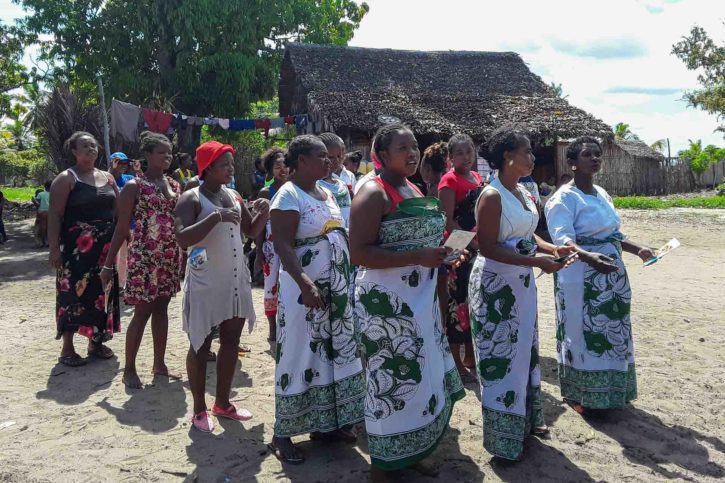
The building in Ampondrabe was the first toby to be officially completed as part of this project, thanks to the community’s total commitment. For me, this was the confirmation that union brings strength: it was the solidarity of the community that enabled this project to succeed.
For Dalida, one of the two community health workers in Ampondrabe: “The existence of a health hut in our village really makes an enormous difference compared to before, when we still had to treat sick children in our homes. Now that we have this separate and well-equipped space, we can offer a better quality health services.” Since the health hut became operational, community health workers have cared for an average of 10 children under five years of age each month.
The experience we shared in Ampondrabe has served as a model, allowing me to test and adapt my approach to supporting the construction of a toby. It has also proved to be a source of inspiration and motivation for other villages when building their own community health spaces.
As I write, three out of five toby are now built and functional. The fourth, in the village of Antetezambato, is close to completion, and I await its opening with great anticipation.


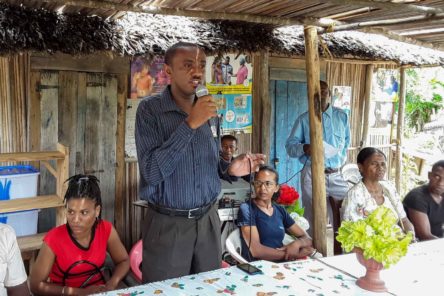
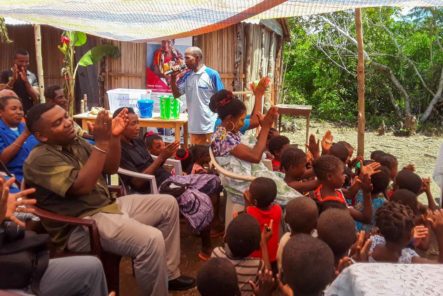

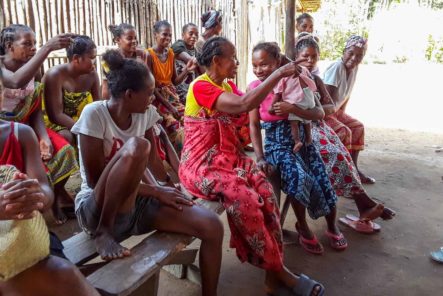
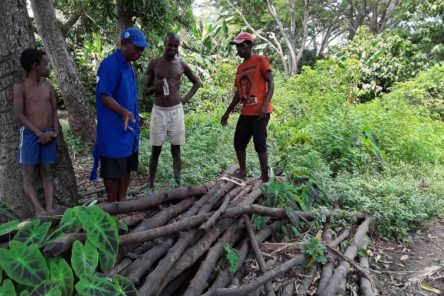

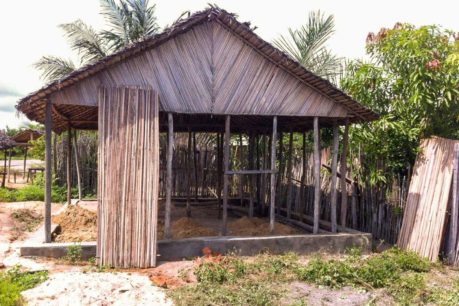

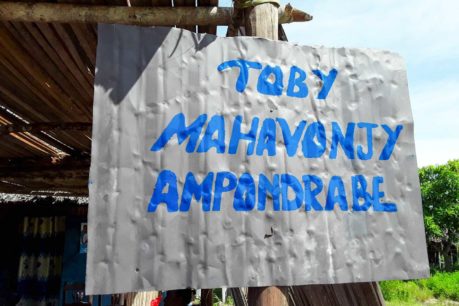
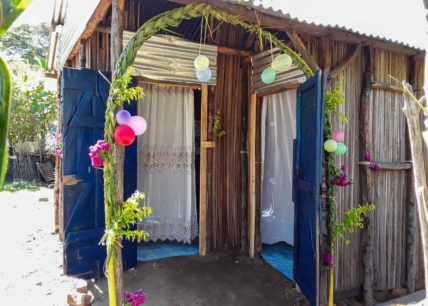
Thank you for sharing this inspiring story! Such a powerful illustration of the importance of health to the communities with whom we work, and a demonstration of how our community health programme can help to mobilise communities and build trust.
Toby is a part key to demonstrating the community ownership and encouraging the other of the BV programme to use a similar approach to catalyse the Changement of behaviour at the community level.
We know, health programme is a window for BV to engage the community for the conservation programme and for the sustainability of our work for the future generation.